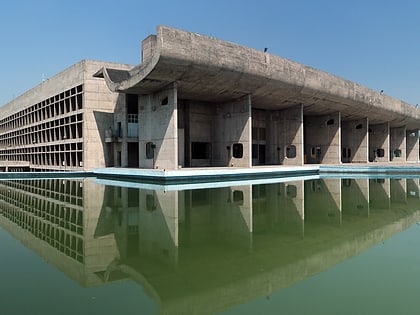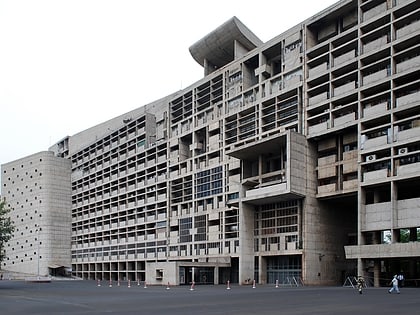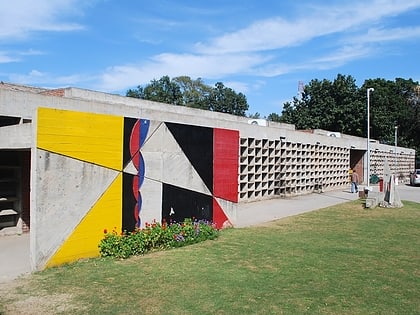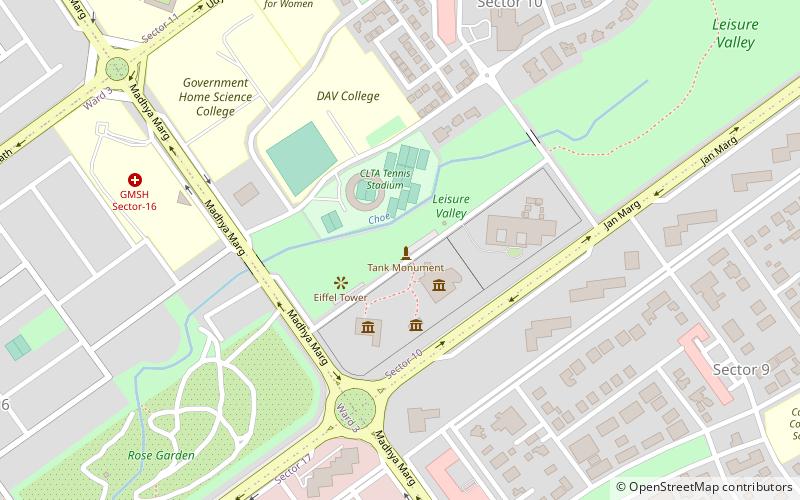Palace of Assembly, Chandigarh
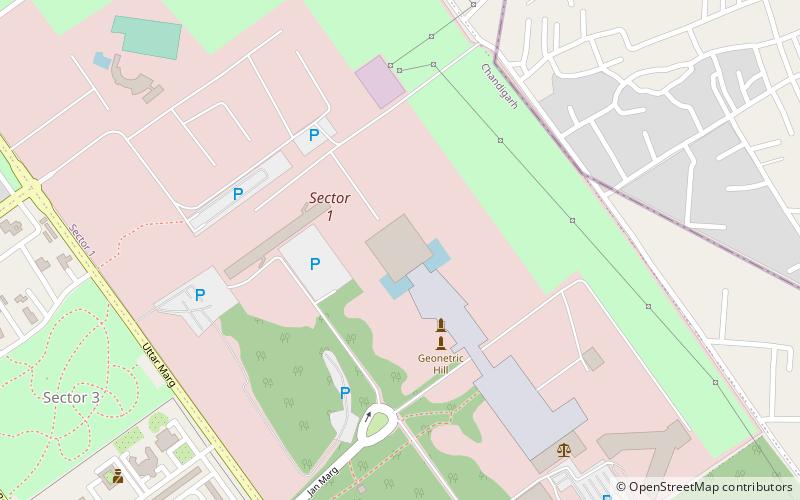
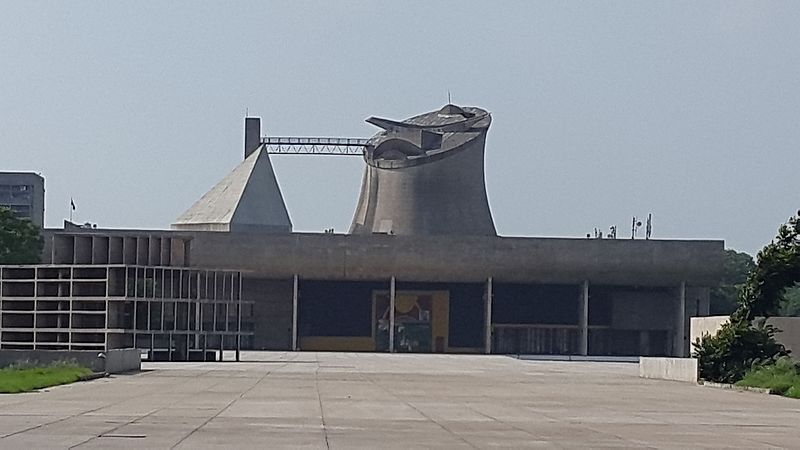
Facts and practical information
The Palace of Assembly in Chandigarh, India, is an architectural marvel and a key component of the Capitol Complex, designed by the legendary architect Le Corbusier. As an emblem of modernist design, this building serves as the legislative assembly for the Indian states of Punjab and Haryana.
Constructed in the mid-20th century, the Palace of Assembly stands as a testament to post-independence Indian architecture and Le Corbusier's vision of creating functional spaces that harmonize with their surroundings. Its stark, geometric form is both a sight to behold and a functional space designed for the democratic process.
The building's most striking feature is the monumental portico that faces a large reflecting pool, creating a serene setting that emphasizes the importance of the democratic institution it houses. The interior is just as impressive, with a spacious assembly hall that is bathed in natural light filtering through the strategically placed roof openings, which also serve as a natural climate control system.
The Palace of Assembly is not merely a government building but also an attraction for architecture enthusiasts and visitors from around the world. Its open courtyards, towering pillars, and carefully planned acoustics showcase Le Corbusier's mastery in creating spaces that are both beautiful and practical.
As part of the Capitol Complex, the Palace of Assembly has been recognized by UNESCO as a World Heritage Site, further cementing its status as an architectural masterpiece. Visitors to Chandigarh can tour the complex, although entry into the building may be restricted due to its governmental function.
Chandigarh
Palace of Assembly – popular in the area (distance from the attraction)
Nearby attractions include: Rock Garden of Chandigarh, Government Museum and Art Gallery, The High Court, Anerdam Wildlife Sanctuary.
